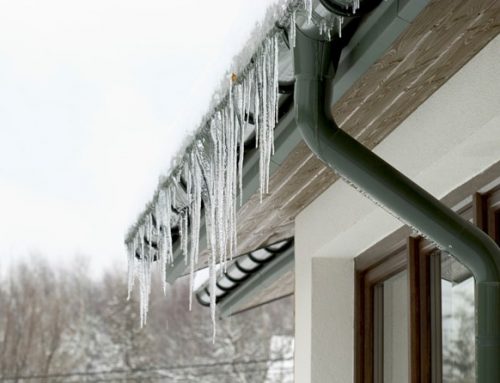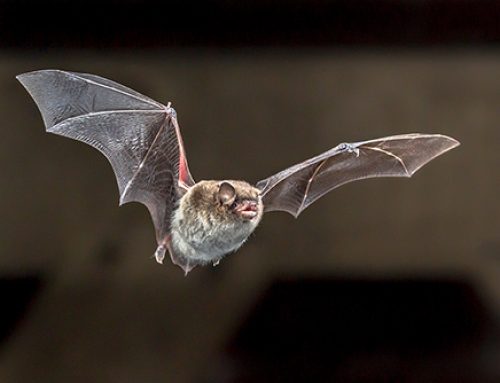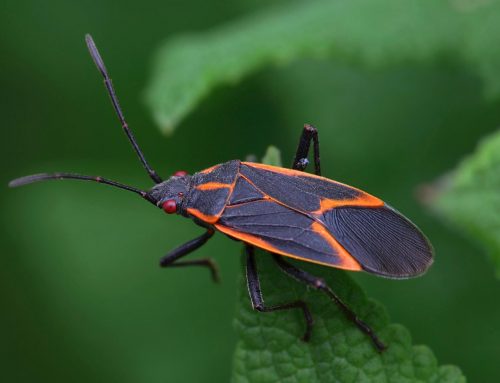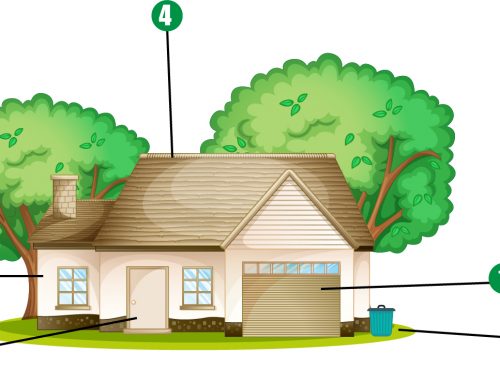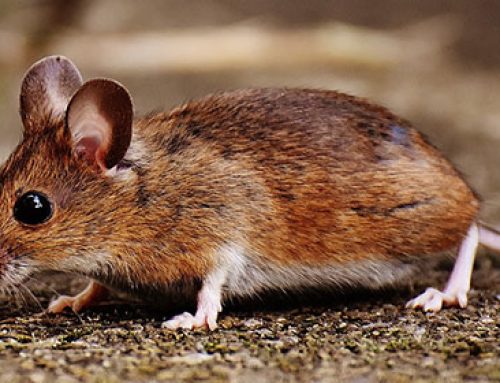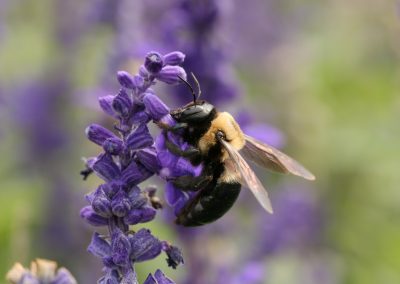 I caught myself a baby bumble bee…or not! What you are actually seeing out and about at your yard may be a carpenter bee. Carpenter bees are very physically similar to bumble bees. They are yellow and black, but have a shiny, black, hairless abdomen and are about 1 to 25 mm long. The most known species of these bees are the Xylocopa Virginicaer better known as the Easter carpenter bee.
I caught myself a baby bumble bee…or not! What you are actually seeing out and about at your yard may be a carpenter bee. Carpenter bees are very physically similar to bumble bees. They are yellow and black, but have a shiny, black, hairless abdomen and are about 1 to 25 mm long. The most known species of these bees are the Xylocopa Virginicaer better known as the Easter carpenter bee.
Bullfrogs (myself included) aren’t afraid of bees but most humans may make a common mistake or act defensive around carpenter bees, not knowing the difference between them and other bees.
There are quite some differences between carpenter bees and other bees. Unlike common bees, carpenter bees do not work in hives. They’re mostly found in pairs and are considered solitary. They construct their nests inside damaged or withered bark – hence their name. Carpenter bees make perfectly round holes, the size of a dime, on different types of wood including cedar and bark decks, outdoor furniture, trim, wooden siding, unpainted back sides of soffits, fascia boards, wooden swing sets, playhouses and sheds. It might be hard to see the entrance hole, but sawdust or yellow brown fecal drippings can be found near the hole. Usually, the damages caused by carpenter bees are not noticeable and do not present a big problem unless more pairs of bees nest and work in the same location.
The female bee that chews out the wood and creates the nest gallery that is several inches long where she will lay 6-8 larva cells. She provides a pollen ball for the larva to eat once they hatch. The female carpenter bee is not aggressive but has a stinger in case she needs to use it in self defense. The male carpenter bee is aggressive but can’t even sting, which is quite ironic if almost comical. He patrols the outside of the nest diving and buzzing at any potential threats. The process of creating and sealing the nest takes several days. After this, the carpenter bees will move on and die off within a few weeks.
The larvae pupate within the nest gallery and later chew their way out of the nest as adult carpenter bees. In most regions new generations emerge in late summer, but the busiest months for carpenter bees are in the spring months of April and May. During the fall, the bees will feed on flowers and pollen and clean out their nests for winter. They later emerge again in the spring to mate.
If you see what you think may be a carpenter bee, check the wood items mentioned above for dime-sized holes. At Bullfrog Pest Control, we take measures to making sure your home is free of carpenter bees. Give us a call today, at 1-800-572-9797.

